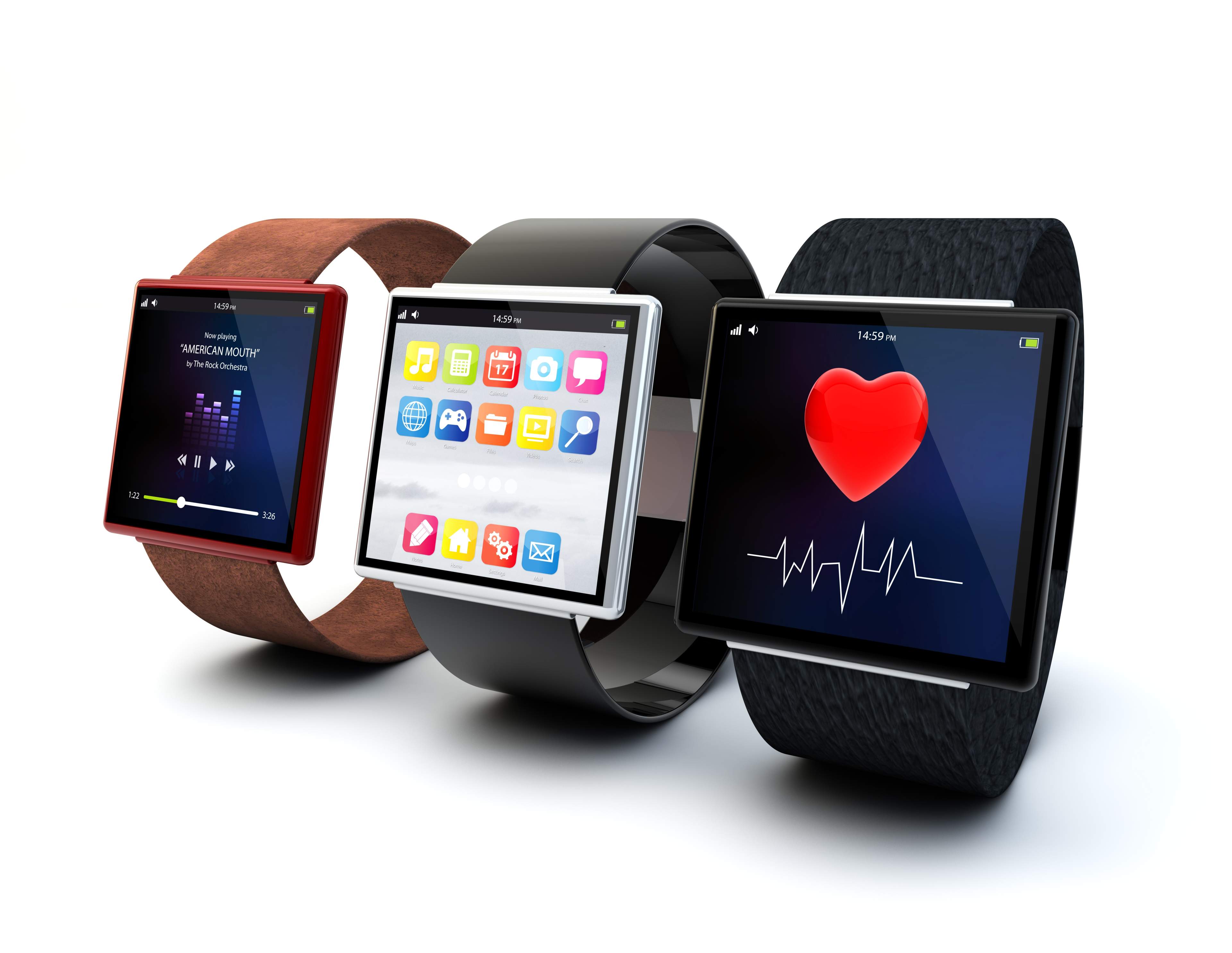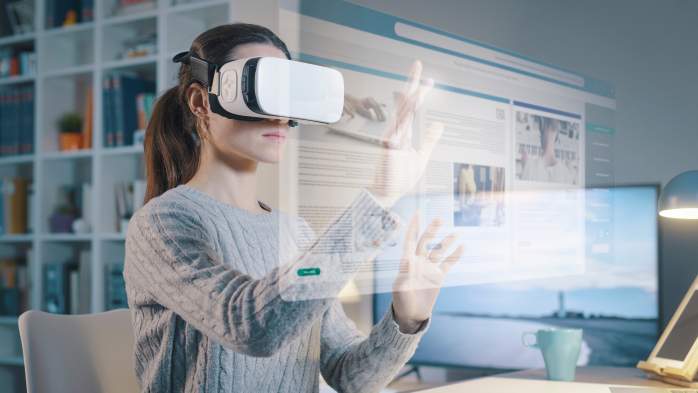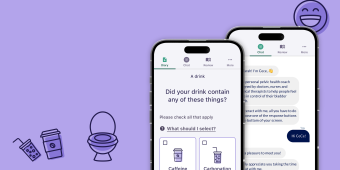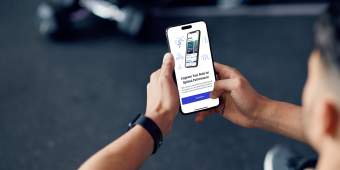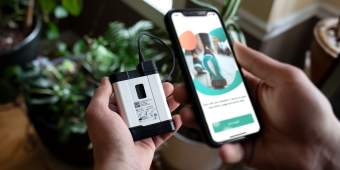Looking toward the future
This project showed us that the future of wearable medical devices is bright, very bright, thanks to the latest advancements in simulation technology. This technology can now provide even more accurate predictions of health outcomes, making them indispensable tools for patients and healthcare providers.
Wearable medical devices will be able to provide even more personalized health insights based on individual health data, making it easier for patients to make informed decisions about their health. Plus, they also have the potential to reduce healthcare costs by enabling early detection of health issues and preventing the need for costly treatments down the line. As the world becomes increasingly digital, wearable medical devices will continue to play a vital role in healthcare. At TXI, we're excited to help enable patients to take control of their health and look toward their own futures.
Wearable medical device FAQs
What is a wearable medical device?
A wearable medical device is a technology that the user can wear to monitor or track their health-related data. These devices are designed to be non-invasive and user-friendly, providing people and their clinicians with easy access to real-time data about their health status without doctor visits. Examples of wearable medical devices include fitness trackers, smartwatches, heart rate monitors, blood glucose monitors, and sleep trackers. The data collected by these devices can be used to improve patient outcomes, assist with diagnosing medical conditions, and aid in managing chronic diseases. Wearable medical devices have become increasingly popular in recent years due to technological advances, convenience, and the potential to revolutionize healthcare delivery.
What are some of the most significant benefits of wearable medical devices?
Wearable medical devices offer several significant benefits to patients and healthcare providers. One of the most prominent benefits is that these devices enable continuous patient health status monitoring, providing real-time data that can help detect and prevent health issues. Additionally, wearable medical devices can help patients manage chronic conditions, such as diabetes or hypertension, by tracking vital signs and medication adherence. These devices can also be used to monitor physical activity and sleep patterns, which can help patients make lifestyle changes to improve their overall health. Wearable medical devices can also reduce healthcare costs by enabling remote monitoring and reducing the need for frequent hospital visits. Overall, wearable medical devices have the potential to improve patient outcomes and reduce healthcare costs by providing timely and accurate health data.
What are some of the challenges of wearable medical devices?
While wearable medical devices offer many benefits, some challenges are associated with their use. One of the most significant challenges is ensuring the accuracy and reliability of the data collected by these devices. Slight variations in sensor placement or device calibration can result in inaccurate readings, which can be dangerous for patients who rely on this data to manage their health. Another challenge is ensuring patient privacy and security, as wearable medical devices can collect sensitive health information that needs to be protected from unauthorized access or disclosure. Additionally, the cost of wearable medical devices can be a barrier to their adoption, particularly for patients who do not have insurance coverage or who cannot afford out-of-pocket expenses. Finally, some patients may find wearable medical devices uncomfortable or inconvenient to wear, which can lead to non-compliance or abandonment of the device. While wearable medical devices offer many benefits, addressing these challenges will be critical to ensuring their widespread adoption and effective use in healthcare.
Can a healthcare app be applied to multiple medical devices?
In general, healthcare apps can be designed to work with multiple medical devices, provided that the devices are compatible with the app's technology and protocols. For example, an app that monitors blood glucose levels could be designed to work with various glucose meters from different manufacturers as long as they use a standardized data format that the app can interpret. Similarly, an app that tracks physical activity could be designed to work with a range of wearable fitness trackers or smartwatches as long as they transmit data in a format that the app can process. However, creating an app to work with multiple devices can be challenging, as it requires careful consideration of compatibility issues, user interface design, and data security. Therefore, healthcare app developers must carefully evaluate the capabilities and limitations of different medical devices and design their apps to be flexible and adaptable to other devices and use cases.
Wearable medical devices can send alerts to mobile devices, and many are compatible with both Android and iOS platforms. They can send smartphone notifications through dedicated App Store or Google Play apps. Popular devices such as the Apple Watch can monitor various health parameters, including heart rate and blood oxygen levels, while also providing notifications for incoming calls, messages, and other alerts. The iPhone can also be a hub for some wearable medical devices, allowing seamless integration and data synchronization. With their compatibility and convenience, wearable medical devices are rapidly changing the modern healthcare landscape.
